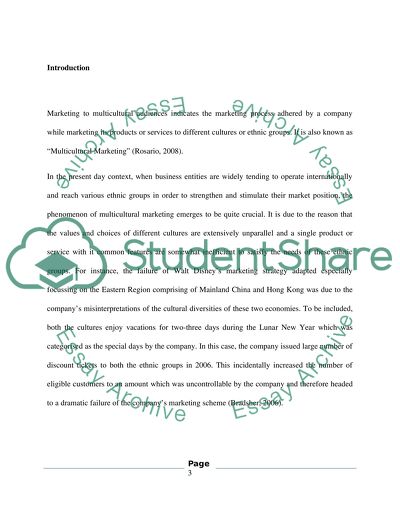Cite this document
(“Individual Project Essay Example | Topics and Well Written Essays - 3000 words”, n.d.)
Retrieved from https://studentshare.org/environmental-studies/1407412-individual-project
Retrieved from https://studentshare.org/environmental-studies/1407412-individual-project
(Individual Project Essay Example | Topics and Well Written Essays - 3000 Words)
https://studentshare.org/environmental-studies/1407412-individual-project.
https://studentshare.org/environmental-studies/1407412-individual-project.
“Individual Project Essay Example | Topics and Well Written Essays - 3000 Words”, n.d. https://studentshare.org/environmental-studies/1407412-individual-project.


